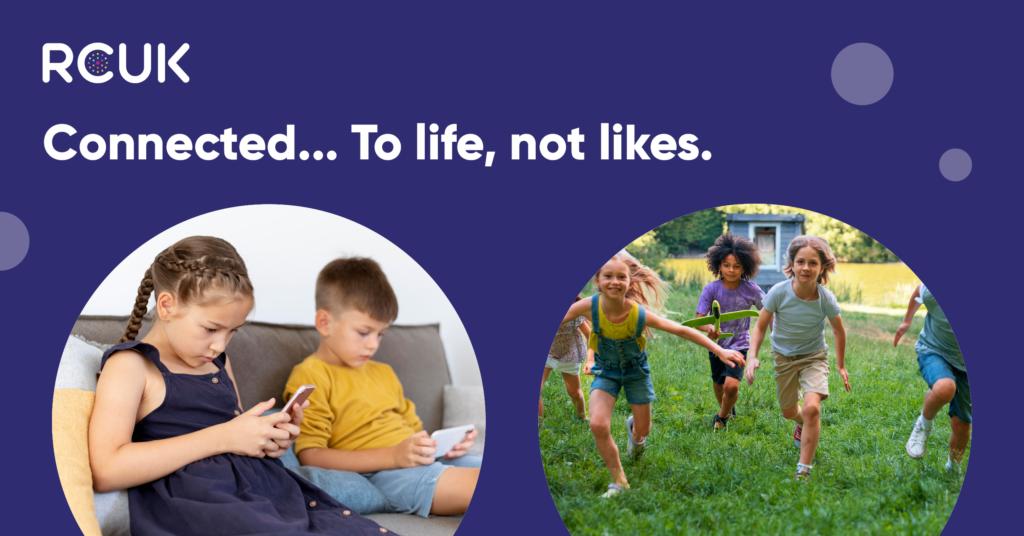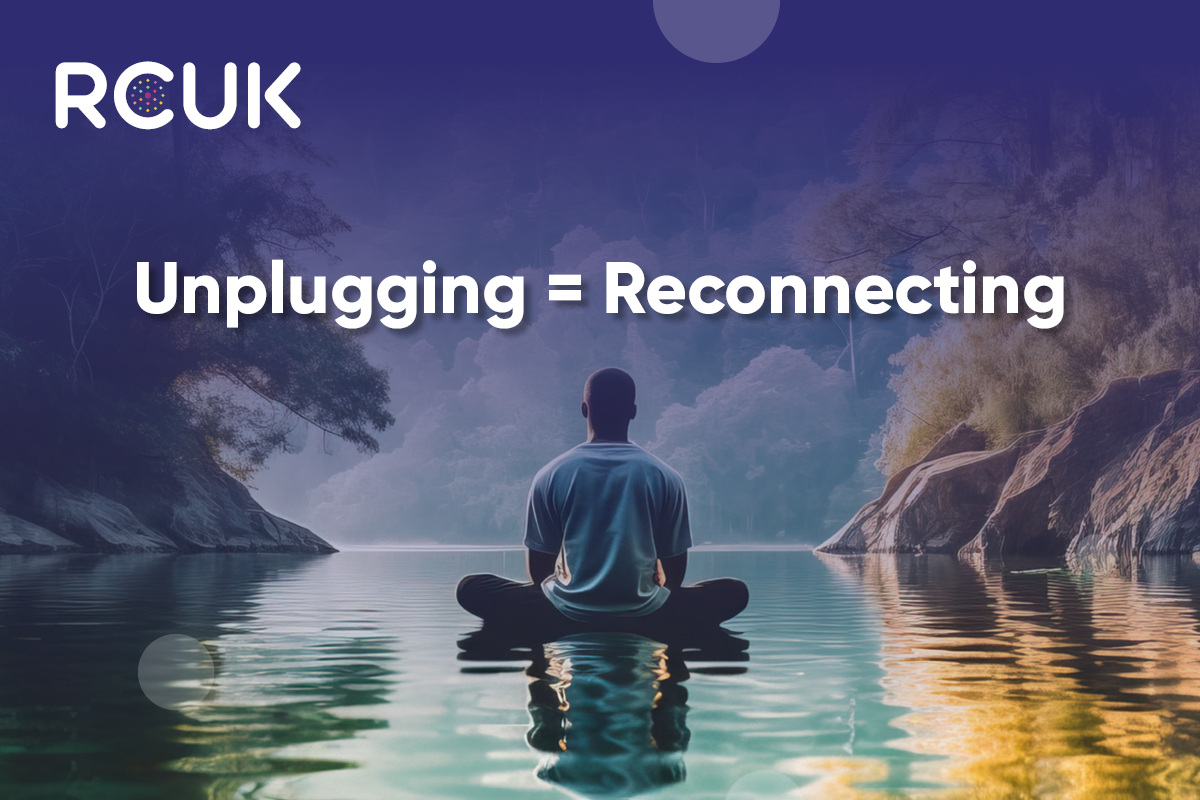
Today, it’s easier than ever to get quick rewards – from phones, screens, and technology. Our brains respond to these rewards by releasing a chemical called dopamine, which makes us feel good. But when we get too much of it – especially from an early age – it can make it harder to enjoy real-life moments. Thankfully, there’s another important brain chemical called oxytocin, which helps us feel calm, connected, and safe.
What Is Dopamine and Why Does It Matter?
Dopamine is released in the brain when we do something enjoyable or exciting. It motivates us to do things that bring us pleasure, like eating tasty food, achieving goals – or using screens. Apps and social media are designed to keep us coming back for more, giving us little bursts of dopamine every time we get a “like,” a message, or something new to look at.
For children and teens, this can have a strong effect. Their brains are still developing, so they’re more likely to get stuck in a loop of always checking their phones or wanting more screen time. Over time, this can lead to low mood, short attention spans, and less interest in everyday life.
Why Too Much Dopamine Can Be a Problem
When our brains get used to quick rewards all the time, it can become harder to sit still, focus, or enjoy simple moments. Real-life things, like chatting with family, going for a walk, or doing something creative, might start to feel boring compared to the fast pace of screens.
Young people especially can start tying their self-worth to what happens online. They may feel anxious if they don’t get likes or responses, and it can become a habit that’s hard to break.
The Role of Oxytocin: The Connection Chemical
Oxytocin is a chemical in the brain that helps us feel safe and connected to others. It’s released during positive, face-to-face interactions, like talking to someone we trust, sharing a hug, or laughing with friends and family. While dopamine gives a quick boost, oxytocin builds long-lasting feelings of comfort and connection.
For young people, spending time with loved ones, having real conversations, or even just getting regular cuddles can help build strong emotional foundations and reduce stress.
How We Can Help Young Minds Find Balance
We can’t avoid technology completely, but we can help children and teens develop a healthier relationship with it. Here are a few ideas:
- Make space for real-life moments: Set regular times with no screens, like during meals or before bed, so children can focus on being present.
- Encourage connection: Help children build friendships, play with others, and spend time with family. These are the moments that boost oxytocin and emotional health.
- Talk simply about how the brain works: Even young children can understand that some things make us feel good quickly (like screens), but others help us feel happy and calm for longer (like hugs or playing outside).
- Lead by example: Children watch what adults do. Showing them how to take breaks from screens and enjoy real-life connections helps them do the same.
A Healthier, More Connected Future
This isn’t about saying all technology is bad. It’s about learning how to use it in a balanced way, so that young people don’t miss out on the joy of real-life connection. When we help children move from short-term pleasure to deeper emotional bonds, we give them the tools they need to grow up feeling strong, confident, and connected – to themselves and to others.
Check out our range of safe and secure ‘talk & text only’ phones, at our Online Shop.
Several points in this blog post were influenced by content shared by Tj Power, Author, neuroscientist and speaker, on Instagram.








